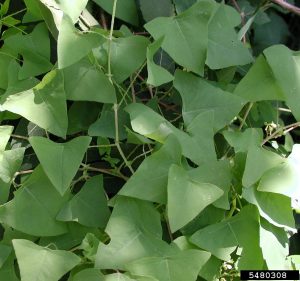Chapter 8: Noxious Weeds
8.2 Federal Seed Act

In the United States the Federal Seed Act has been in place since 1939, which provides regulations regarding moving seeds across state lines and internationally. The purpose is to protect crops from potentially devastating weeds being transported in, and introduced to new areas. This legislation requires inspection processes for the buying and selling of seed across borders. In addition, large seed companies which do research and seed increases in winter nurseries in southern and central America, will need to follow guidelines, even though the seed may be staying within the same company for further development. Therefore, whenever seed is crossing state and/or country borders, regulations are in place to safeguard agriculture production. The Federal Seed Act requires that all seed sold across state lines must indicate the following four items (on the bag tag):
- Percentage of pure seed of the named crop
- Percentage of other crop seeds
- Percentage of weed seeds
- Names of noxious weeds present
As an example, let’s say you are selling seed corn. This means you will have to inspect a sample of the seed lot to determine what percent of all the seeds are actually corn, and if there are seed contaminations from other crops and/or weeds. With the weed seeds found, you also need to indicate the amount of seeds present from noxious weeds specifically and indicate from which species. More information can be found at this USDA site that goes into more detail about information on seed bag tags.